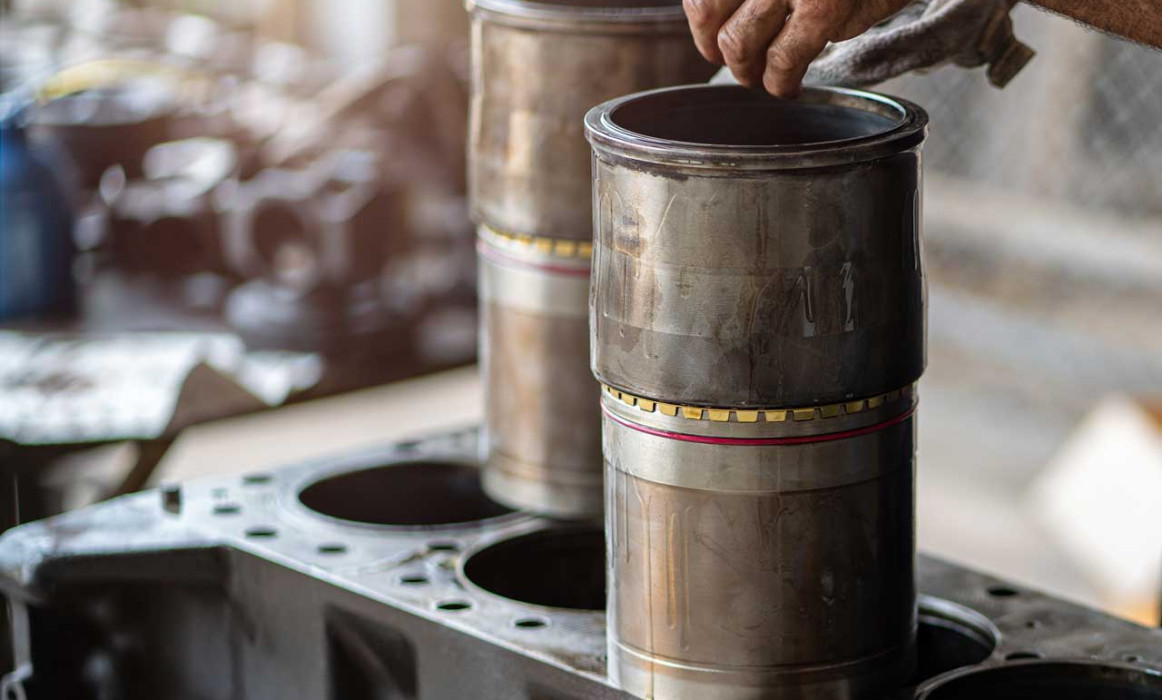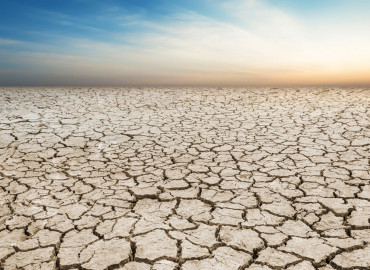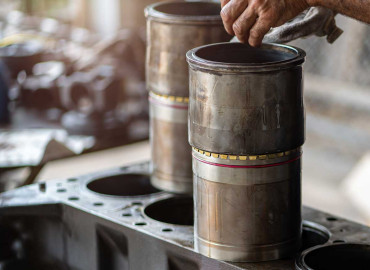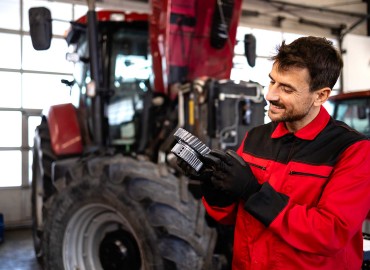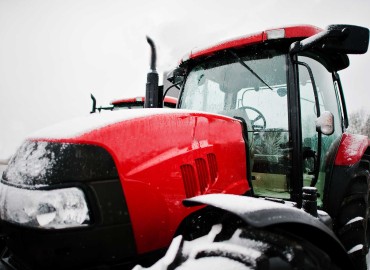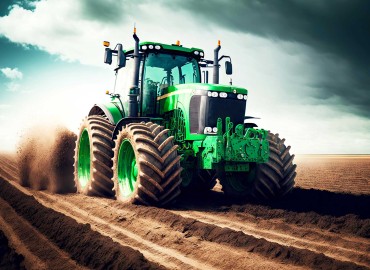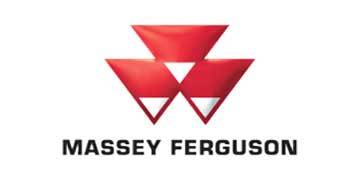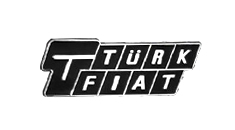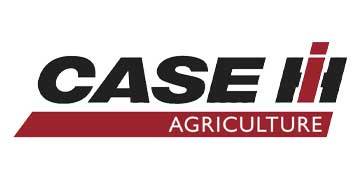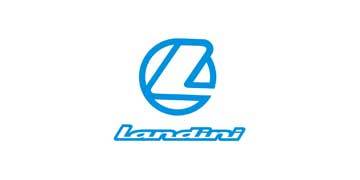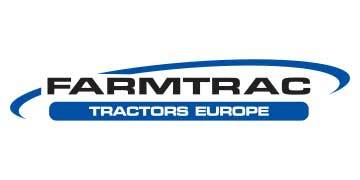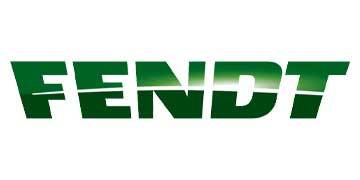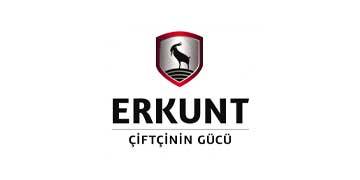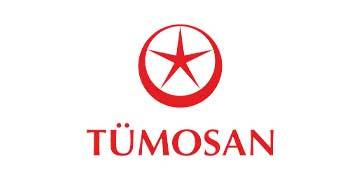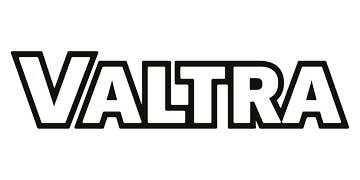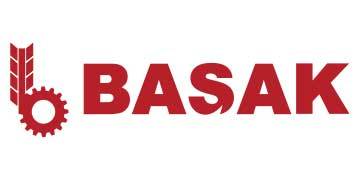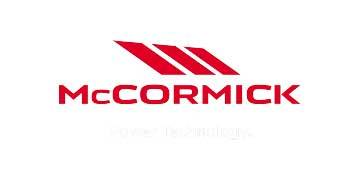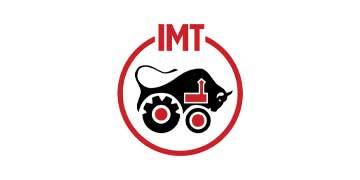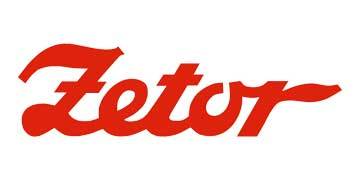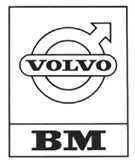A cylinder sleeve or liner is one of the most important components of an engine when considering the engine parts. It is a cylindrical hole that serves as a container where the fuel combustion takes place. A cylinder sleeve is a removable component that is attached to the engine block and provides the surface for the internal forward and backward movement and compression of the piston. It is important to be knowledgeable about the types of cylinder liner due to its significance in the engine. At the same time the right choice must also be made.
What Material is Used for Cylinder Liners?
A cylinder liner must have high strength. Therefore, cylinder liners are usually made of cast iron.
How is a Cylinder Liner Produced?
A cylinder liner is usually produced using a centrifugal casting process. The cast iron is heated in an induction furnace. The melted metal is then taken to a centrifugal casting machine. A permanent mold is used and the melted metal is constantly rotated at high speeds around its axis, ensuring that the metal is evenly distributed around the mold. The resulting powder is much finer than a normal powder process. It has been purified from blowing holes and pores. Additionally, the corrosion resistance is increased by adding chromium.
What are the Types of Cylinder Liners?
Cylinder liners are mainly divided into three types based on the cooling method. These are:
Dry Type
It is the most common cylinder liner type and works at high pressure and temperature. Therefore, it should be produced using high-quality materials such as cast iron and ceramic-nickel coating. The composition of the material of the dry liner mostly consists of cast iron and ceramic-nickel composites. This property gives it various properties that cannot be obtained in wet liners. A cylinder block with a dry liner is stronger than its counterpart with a wet liner. The dry liner is not in direct contact with the cooling fluid. However, it protects the piston from wear and contamination. The dry liner sits directly on the wall of the cylinder block's cooling jacket.
Advantage of this cylinder liner is its ease of change and the fact that it does not have to be exposed to the difficulties of the water jacket. The dry cylinder liner can be used in almost any type of engine.
The disadvantage of the dry cylinder sleeve is the difficulty of manufacturing the cylinder block it is attached to and the insufficient efficiency of heat distribution.
Wet Type
Wet type cylinders are made from the same material as the dry type cylinder liner. This type of liner interacts directly with the engine's cooling fluid to protect the piston. It has better heat distribution and cooling than the dry type cylinder sleeve. It also has a water gap or integrated cooling passages between the engine block and the liner. In wet liners without integrated cooling passages, the water jacket is formed by a separate jacket that is part of the liner and the block. The wall of the cylinder liner must be strong enough to withstand the combustion pressure.
The advantage of the wet liner is that its manufacture is relatively easy. Cooling is more efficient and the thermal expansion of the liner reduces tension along its length.
Air Cooled or Winged
Air cooled cylinder liners are produced with a special "Shell Moulding Process" which is durable, closely particulate, and made of cast iron to provide long life and efficient cooling. As the name suggests, air cooled jackets are specially designed for air cooled engines. They are mainly used in cars. They work in the same way as a dry cylinder liner. However, the cooling medium is air.
The advantage of an air cooled/winged type cylinder liner is its resistance to corrosion and efficient heat distribution.
The disadvantage is that it is designed to support an air cooled engine and therefore cannot be mounted on any fluid-based cooling mechanism.
 en
en  tr
tr 
